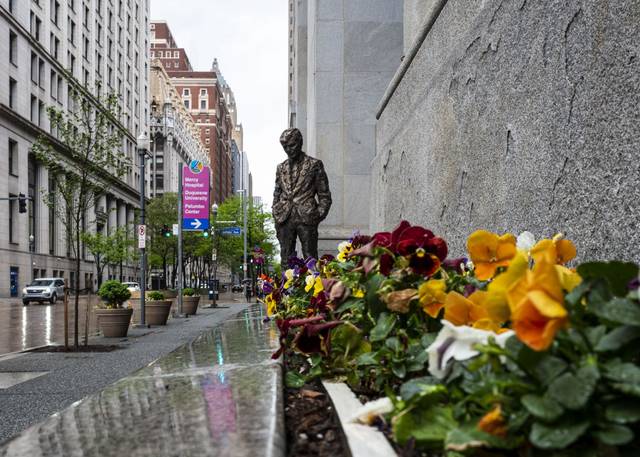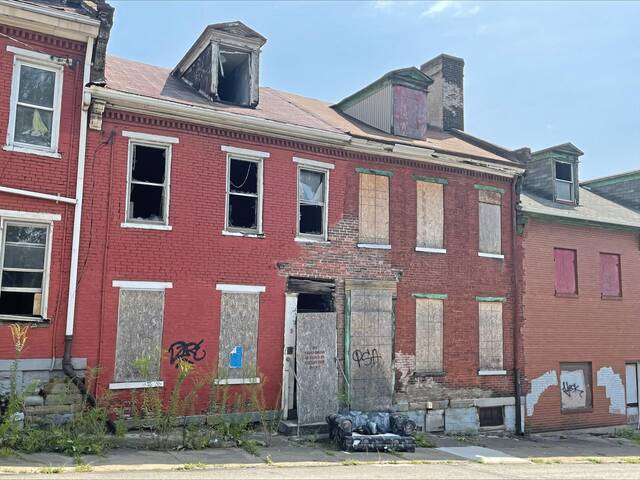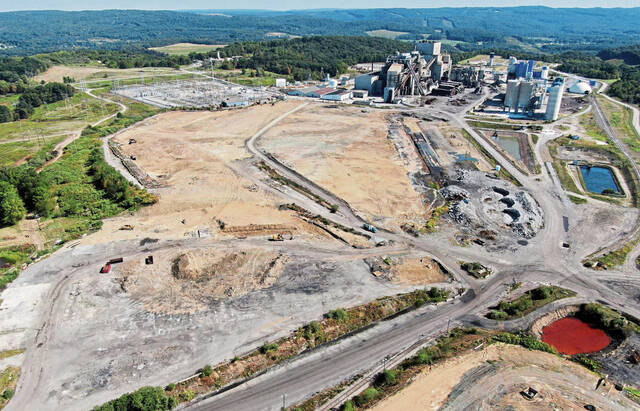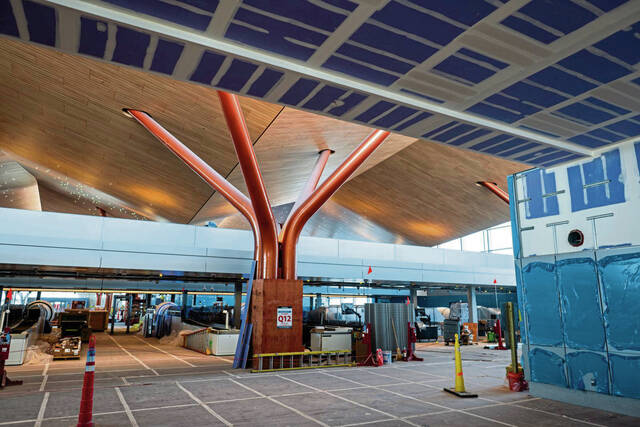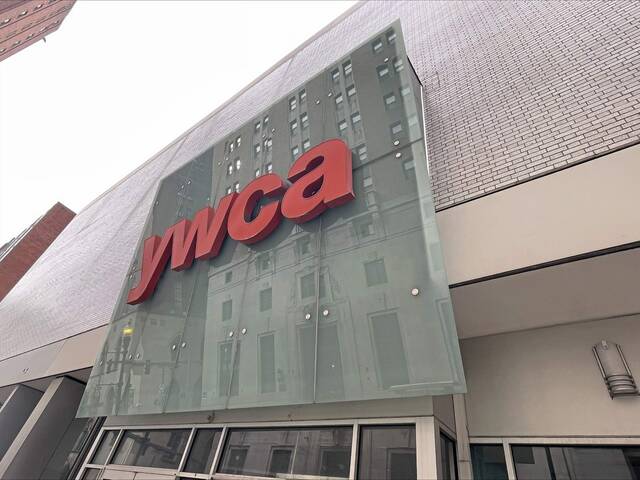The trend is not good for the prime office vacancy rate in Pittsburgh’s central business district (CBD). And it is difficult to see things changing, given the marketplace and government policies, concludes an analysis by the Allegheny Institute for Public Policy.
“Unfortunately, if the past is prologue, there appears to be little hope of meaningful change with respect to the city’s understanding of its role in promoting economic growth,” says Elizabeth Miller, a research associate at the Pittsburgh think tank.
First quarter 2021 vacancy data compiled by the research firm Jones Lang LaSalle (JLL) show Pittsburgh’s CBD class A office vacancy rate climbed to 18.1%.
That’s a 13.8% increase from the 15.9% fourth-quarter 2019 rate, which represented a 10-year high. But as recently as 2013, Pittsburgh’s CBD had the second-lowest class A office vacancy rate (5.2%) among 53 major U.S. cities.
In the latest assessment, only four geographically comparable cities out of 13 had higher rates than Pittsburgh’s 18.1% vacancy rate — Los Angeles (18.2%); Seattle (19.3%); Dallas (32.0%) and Denver (20.1%).
Indeed, it is likely that some cities saw an increase in office vacancy due to the economic fallout from covid-19.
But, “The problem for Pittsburgh is that the vacancy rate had significantly increased prior to covid-19 and the economic ‘lockdown’ only further exacerbated it,” Miller says. “The buildout of office space and slow employment gains lifted the vacancy rate over the previous 10 years.”
Contributing to this trend has been the city and state’s business regulatory environments that deter growth.
“Moreover, the recent announcement that First National Bank of Pennsylvania (FNB) has the go-ahead to build a 26-story office tower, creating 500,000 square feet of office space on the site of the former Civic Arena, is almost certainly going to exacerbate the vacancy rate Downtown,” Miller says. “It will increase office space to the already saturated Downtown market.
“Worse still, the new skyscraper will be subsidized by taxpayers,” she reminds. “Which begs the question of why taxpayers are subsidizing a private company’s new construction, especially when there are already high vacancy rates for office space in the CBD.”
And then there’s the likelihood of commercial property owners with high vacancy rates and diminished revenue appealing their property tax assessments.
“To the extent these appeals succeed, tax revenue to the county, city and school district will be reduced,” Miller reminds. “It’s yet another example of policymakers ignoring market forces with predictable consequences.”
The bottom line remains that Pittsburgh’s central business district class A office vacancies highlight and reflect the problems plaguing the City of Pittsburgh.
“An anti-free market regulatory environment that deters business growth, along with city-subsidized projects that have a strong likelihood of failure, combined with the strict covid-19 economic restrictions, have contributed greatly to the prospect of further increases in office vacancies in Pittsburgh,” Miller concludes.


